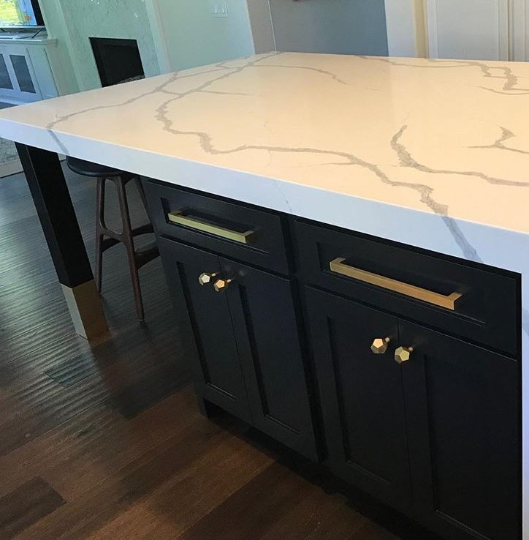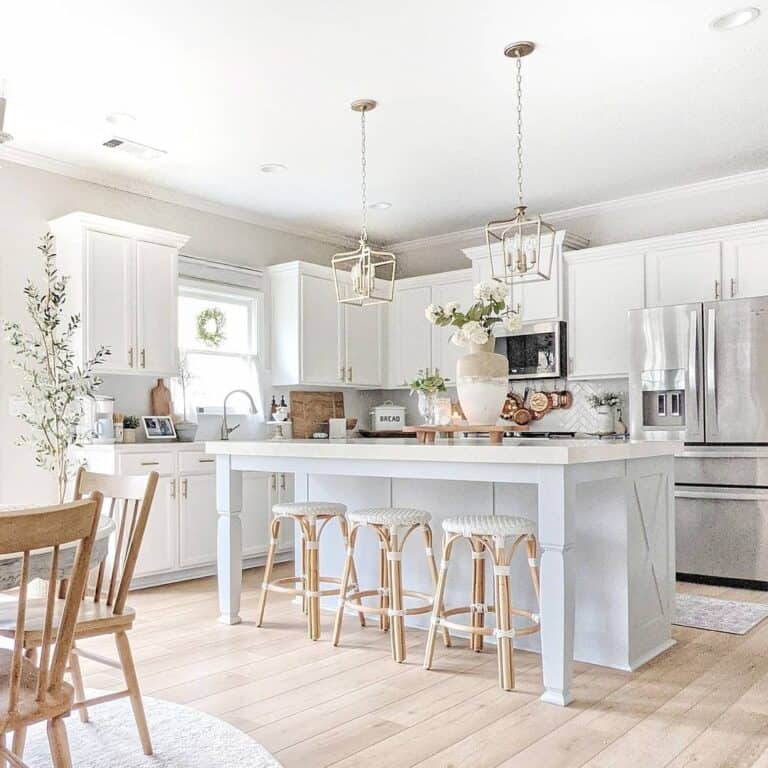Update Your Kitchen's Visual with Costs Legs For Kitchen Island
Essential Factors to Take Into Consideration When Selecting Legs For Kitchen Island
Choosing the appropriate legs for a kitchen area island includes a mindful evaluation of numerous factors that can significantly influence both performance and visual charm. As we check out these aspects, it comes to be clear that each choice can have significant effects for the general kitchen area experience.
Product Options
When selecting legs for a cooking area island, understanding the different material choices is necessary for achieving both visual appeal and structural honesty (Legs For Kitchen Island). The choice of product significantly affects not only the longevity of the island but also its total design and capability
Wood is a popular option, providing warmth and adaptability. Strong woods, such as oak or maple, offer toughness and can be tarnished or repainted to match the kitchen decoration. Steel legs, usually made from stainless steel or functioned iron, contribute a modern-day and commercial feel while guaranteeing sturdiness and security. These products are immune to put on and can support substantial weight, making them excellent for larger islands.
Another alternative is crafted materials, like MDF or plywood, which can be a lot more cost-efficient while still providing a variety of coatings. Nevertheless, they might not offer the very same degree of security as solid wood or steel. Materials such as acrylic or glass can develop a contemporary look, though they might need added support to guarantee stability.
Ultimately, the choice of product for kitchen area island legs should align with the wanted capability and the total theme of the kitchen.
Design And Style

When thinking about style, the form and finish of the legs are important. Tapered legs can provide a feeling of lightness and beauty, while thicker, more robust legs can communicate toughness and security. In addition, the coating-- be it painted, discolored, or all-natural-- need to complement the cabinets and counter top materials to develop a unified look.
Furthermore, the style of the legs can also reflect individual taste. Customized or decorative legs, such as those including detailed carvings or special geometric forms, can function as prime focus, adding character and personality to the cooking area. Eventually, the best option will not just boost functionality however also boost the visual charm, making the kitchen area island a standout feature of the home.
Elevation Factors To Consider
Choosing the proper height for kitchen island legs is crucial, as it directly impacts both functionality and convenience. The common elevation for a kitchen area island typically varies Homepage from 36 to 42 inches, aligning with common kitchen counter heights. A 36-inch elevation is excellent for food preparation and cooking, enabling comfortable use cooking area home appliances and devices. Conversely, an elevation of 42 inches is usually favored for islands planned for bar seating, accommodating taller stools and supplying a laid-back dining experience.

It is additionally vital to account for individuals' preferences and heights. Customizing the elevation can make sure a comfy experience for all household members, making the cooking area island an extra satisfying and useful area.
Weight Support
Making sure adequate weight assistance for cooking area island legs is crucial for both security and functionality. The cooking area island typically serves numerous purposes, consisting of food prep work, dining, and extra storage, necessitating a durable support framework. When picking legs, it is critical to consider the overall weight capacity called for based on the island's meant use and the materials that will be put on it.
The selection of material for the legs plays a substantial role in their weight-bearing capabilities. Strong timber, steel, and sturdy composites normally offer premium strength compared to lighter products. Additionally, the design of the legs-- whether they are right, tapered, or have a pedestal type-- can influence their ability to disperse weight successfully throughout the framework.
Always speak with the supplier's requirements concerning load restrictions to make sure that the legs can sustain the designated weight without jeopardizing security. In summary, picking cooking area island legs with appropriate weight assistance is essential for creating a functional and risk-free culinary room.
Installment and Upkeep
Correct installation and upkeep of kitchen island legs are important for ensuring long life and stability. To start, it is crucial to follow the producer's standards during installment. This frequently entails protecting the legs to the space station making use of appropriate bolts, making certain that the legs are degree and lined up. Making use of a level device can assist stop tottering and boost the general aesthetic charm of the cooking area island.
When installed, regular upkeep is Your Domain Name essential to maintain the honesty and look of the legs - Legs For Kitchen Island. For wooden legs, routine cleaning with a wet towel and application of ideal wood polish can protect against dampness damages and preserve their coating. Metal legs might need a mild cleansing service to remove grease and gunk, complied with by a dry fabric to avoid corrosion development
In addition, check the legs regularly for indicators of wear or damages, such as fractures or loosened joints. Tightening screws or screws as required can additionally extend the life expectancy of the legs. By adhering to these installation and maintenance practices, property owners can make certain that their kitchen area island stays tough and visually appealing for years ahead.
Verdict

Aesthetic comprehensibility is paramount in picking the design and layout of legs for a cooking area island, as these aspects significantly affect the overall ambiance of the room. image source Conical legs can give a feeling of agility and elegance, while thicker, more robust legs can communicate stamina and stability.Selecting the proper height for kitchen area island legs is vital, as it straight influences both performance and convenience. In recap, choosing kitchen island legs with adequate weight assistance is vital for producing a functional and secure culinary space.
In conclusion, selecting legs for a cooking area island necessitates cautious factor to consider of different elements, including material options, style, elevation, weight support, and setup.